Cultural Heritage | Mongolian's Colorful Costumes Add Beauty to Vast Grasslands
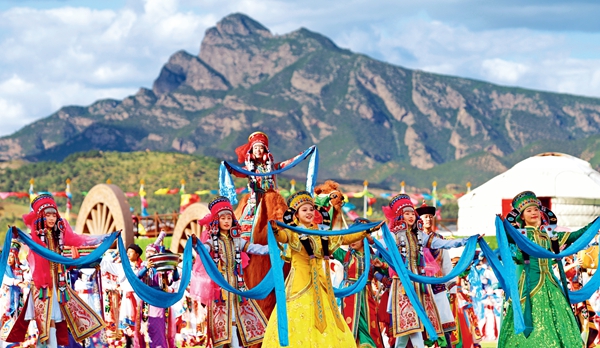
The Mongolians are a traditional nomadic people spread across East Asia. In China, it is one of the ethnic minorities inhabiting the vast grasslands in north China's Inner Mongolia Autonomous Region. Under blue skies and white clouds, the Mongolians' enchanting, gorgeous costumes and adornments add beauty to the lush grasslands.
According to archaeological data, Mongolian clothing originated from the ancient Chinese northern nomadic clothing. Over time, the Mongolians' clothing has evolved to include items such as robes, boots, belts and hats. The people have also worn jewelry as adornments. Such clothing has a lot to do with the nomadic lifestyle of the people on the northern steppe, where the temperature is low and the natural conditions are often inhospitable. Wearing robes, waistcoats, leather hats and boots, the Mongolians can withstand the harsh weather, and they can ride horses easily.
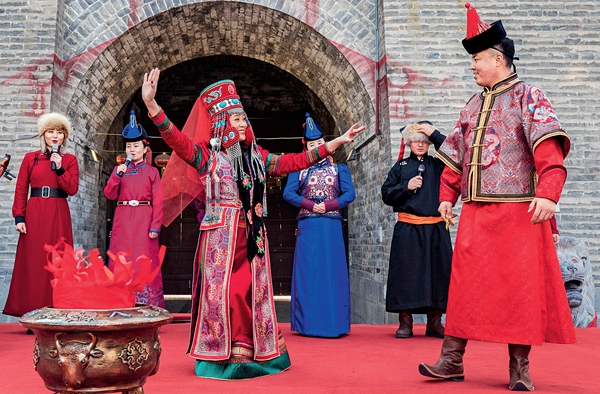
Due to the differences in natural environment, economic statuses and living habits, various Mongolian tribes have formed their own distinctive clothing styles. However, the styles of Mongolian robes, for both men and women, are basically the same. The Mongolians prefer bright colors, as they make them happy. The robes are all fastened with buttons at the front on the right. The hems are embroidered with golden and silver silk. Men's clothes, usually blue and brown, mostly have wide collars and big sleeves. Women wear clothes in various colors, including bright red, pink, green and sky blue. According to the Mongolian tradition, married and unmarried women's clothing is different.
In addition to making it easy for riders to place their feet in the stirrups, Mongolian boots help riders protect their legs. The boots can also protect the Mongolians from the wind and sand. In winter, the boots can keep the people warm. Therefore, the Mongolians, regardless of age, all like to wear boots.
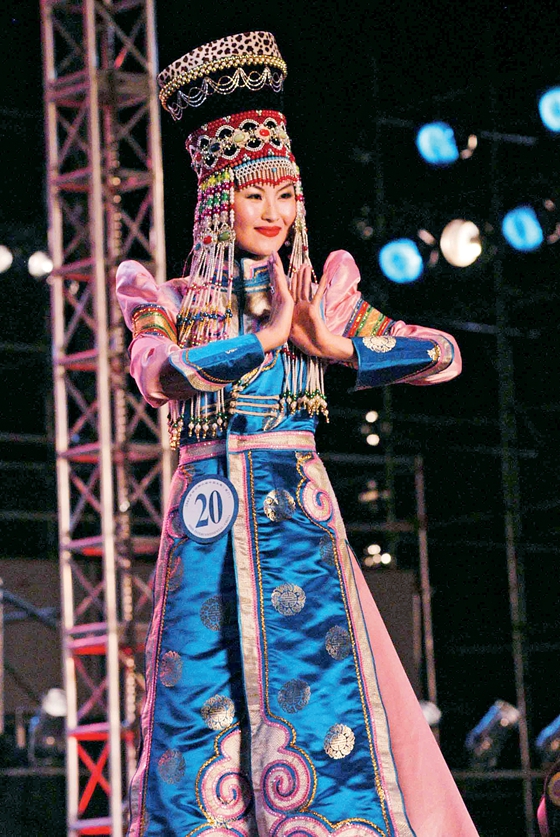
Traditional Mongolian boots are home-made. Few people buy them at the market. The boots have a variety of styles, such as the ones with rolled-up toecaps, half rolled-up toecaps, flat bottoms, pointed toecaps, or the ones with round toecaps.
Mongolian boots basically fall into the following three categories according to their raw materials: Leather boots, cloth boots and felt boots. Leather boots, which are made from cowhide, horsehide or sheepskin, are durable and waterproof. Wearing the boots can help the people keep their feet warm. With special techniques, patterns are stitched or pasted onto different parts of the boots' surfaces. The Mongolians' cloth boots are mostly ankle boots, which are light and soft. The boots, which are embroidered with auspicious patterns, are favored by many Mongolian women.
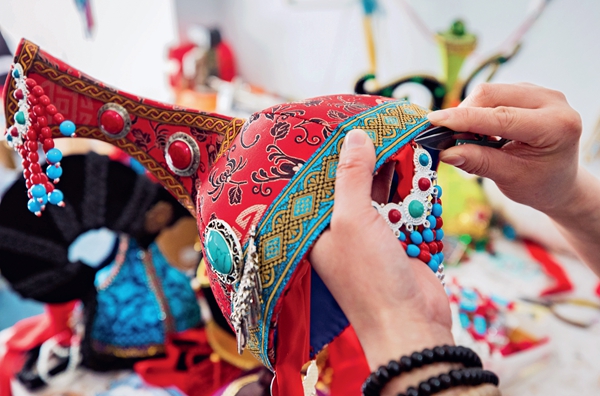
Felt boots, which are made of wool or camel hair, are normally worn during bitter winter. Belts and hats are also important components of traditional Mongolian costumes. Belts have a unique function in the Mongolians' nomadic lives. A tightly-tied belt can help a Mongolian reduce harm caused by bumps, as he/she rides a horse. The belt can also help the man/woman protect his/her waist, and give support to his/her body during hard labor.
Mongolian men's belts are usually hung with firemakers, Mongolian knives, cigarette pouches, white-cloth handkerchiefs and other accessories. The belts, which are made of silk or cotton cloth, are three or four meters in length. Through the belts, one may get a glimpse of the aesthetic taste of the Mongolian people. For example, to make him look strong, a man wearing a belt usually keeps the upper part of the robe loose. Unmarried women look slimmer when they tie belts tightly around their waists. Married women usually do not wear belts.
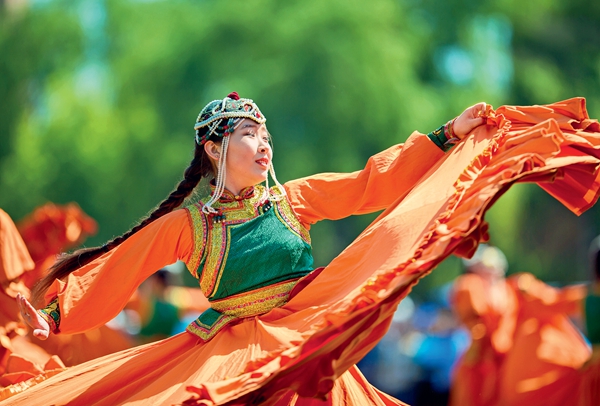
Wearing jewelry and hats is also a traditional custom of the Mongolians. The first Mongolian hats were made of mink, fox skin and sheepskin. Later, cotton, linen, silk and other fabrics appeared. People of various Mongolian tribes prefer hats with different styles, such as eagle hats, bowler hats, peaked hats and snow hats.
Women of different ages, who live in different regions, wear different headwear accessories. Unmarried women usually wear earrings and bracelets. Their jewelry is simpler but more elegant than that of married women. Married women like wearing headdresses made from red coral, agate, turquoise, pearl, jade and other semi-precious stones.
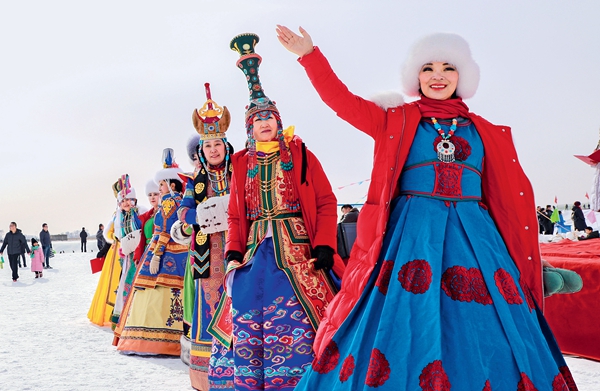
The Mongolians take proper dressing seriously, as it shows both self-respect and respect for others. The people wear robes, boots and hats, especially during a sacrificial ceremony, to match the solemnity of the occasion. When serving tea or making a toast, they do not roll up their sleeves, nor expose their chests and necks, and/or sweep the hems of their robes over pots.
Nowadays, there are fewer occasions for the Mongolians to wear their traditional attire than in the past. Only during festivals, weddings, or at the Nadam Fair (a grand gathering in winter in the areas) do the Mongolians wear colorful traditional clothes.
The people's traditional costumes have become a symbol of the Mongolian culture, as the costumes embody the people's wisdom and aesthetic taste. Through the costumes, one may get a glimpse of the Mongolians' frankness and open-mindedness.
Photos from VCG
Source: China Today
(Women of China English Monthly April 2024)
Please understand that womenofchina.cn,a non-profit, information-communication website, cannot reach every writer before using articles and images. For copyright issues, please contact us by emailing: website@womenofchina.cn. The articles published and opinions expressed on this website represent the opinions of writers and are not necessarily shared by womenofchina.cn.?


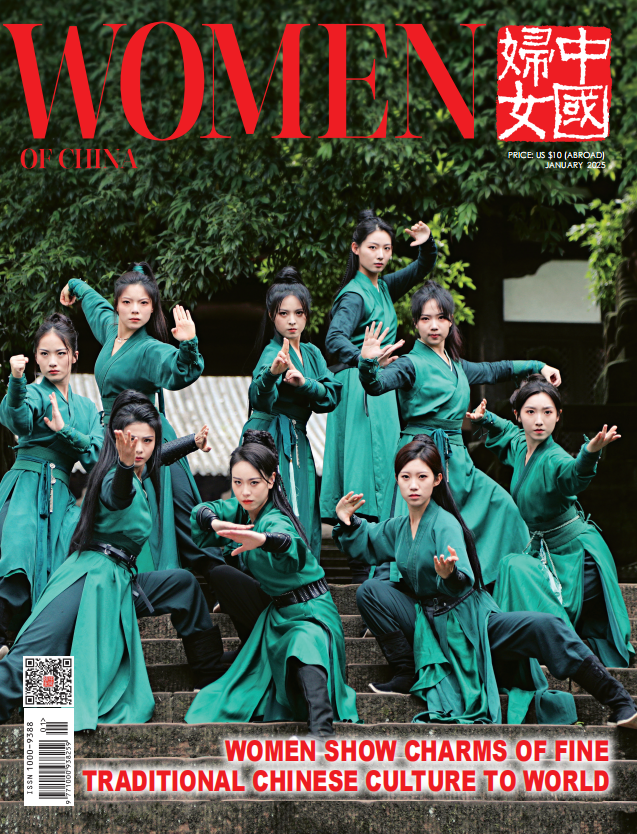



.jpg)

 WeChat
WeChat Weibo
Weibo 京公綱安備 11010102004314號
京公綱安備 11010102004314號